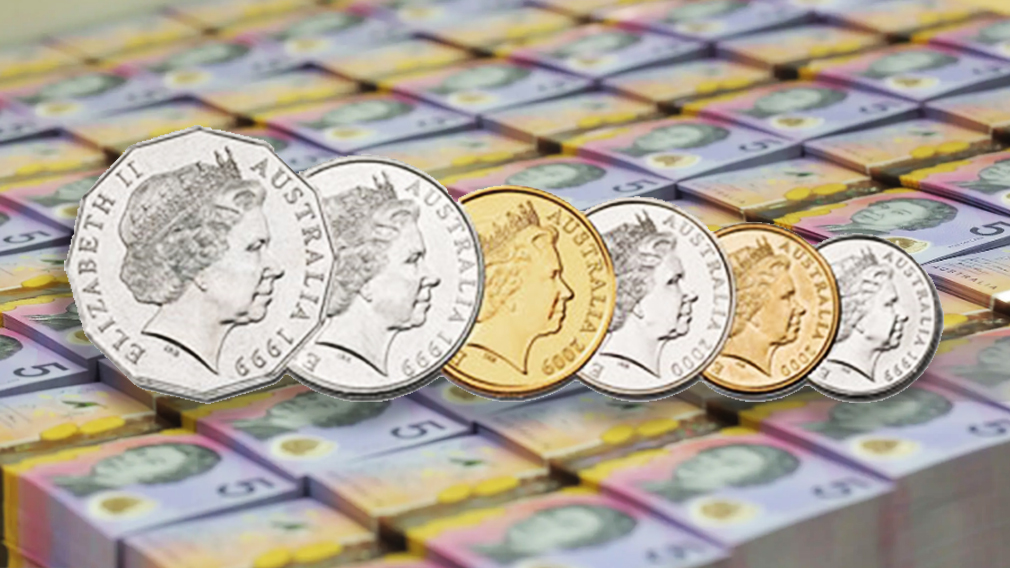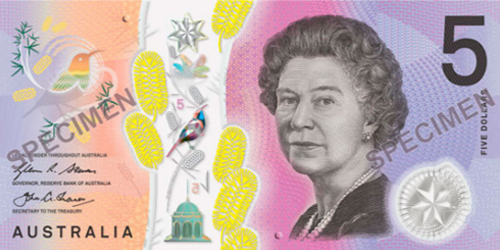Queen’s passing brings change, big and small

The Queen's passing brings many changes, including small ones like the portrait on Australia's coins. (Montage, Royal Australian Mint, Getty)
As the world mourns the passing of the British monarch Queen Elizabeth II after an extraordinary seven decades on the throne, the implications of the end of her reign are beginning to dawn.
Setting aside some big questions – like, what does this mean for the monarchy’s future? – there are myriad smaller ones.
Like, what happens to the coins in our wallets?
The “heads-side” of Australia’s modern coins have only ever known one face – the Queen’s.
According to the Royal Australian Mint, the inclusion of Queen Elizabeth II on the obverse of Australia's coins was mandated under the Currency Act 1965 in the lead up to the country’s switch to decimal currency in 1966, when the Australian dollar replaced the Australian pound. Prior to the swap, a portrait of the young monarch had been engraved on Australia’s shillings and pence since 1953 after she ascended the throne.
Although not yet announced, speculation is mounting that coins featuring the new monarch King Charles III could be in circulation by early next year.
Clues as to the design of Charles' portrait can be found in the special edition currency issued in the UK by the Royal Mint, including the five-pound coin issued for his 70th birthday.

A coin released by the UK’s Royal Mint in 2018 commemorating Charles’ 70th birthday. (The Westminster Collection)
On these coins, he faces to the right, in the same direction as his mother.
However, based on a convention said to have commenced with Charles II (coincidentally, the last reigning Charles) in the seventeenth century, each new monarch's portraits are designed to face in a direction opposite to that of their predecessor.
It’s likely, therefore, King Charles will face to the left.
Despite seeing a new face on Australia’s coins, Queen Elizabeth’s visage will likely continue to be in circulation for decades to come given the Mint has produced more than 15 billion circulating coins since the introduction of decimal currency in 1966 and has the capacity to produce 2 million coins per day. These will remain as legal tender.
Her Majesty’s portrait also appears on Australia’s $5 bank note, based on photographs commissioned by the Reserve Bank of Australia in 1984. It’s unlikely the bank will change this portrait in the foreseeable future.

The “heads-side” of coins in other Commonwealth countries like New Zealand and Canada will also likely see the monarch’s portrait change.
It's been just four months since the Royal Australian Mint unveiled a collectable 50c coin celebrating the Queen’s Platinum Jubilee to celebrate her "monumental achievement" as the oldest and longest-serving monarch in Great Britain’s history.
Of course, the changing of the Queen’s portrait on Commonwealth countries’ currency is just one of the many alterations brought by the monarch’s passing.
Some may take time to sink in, such as the lyrics of the British national anthem which will return to “God Save the King” – a line not used since before 1952 during the reign of Elizabeth’s father King George VI.
Others may take time to even emerge.
But for now, the immediate focus for many people in nations around the world is on commemorating the Queen’s reign.
Vale Queen Elizabeth.




